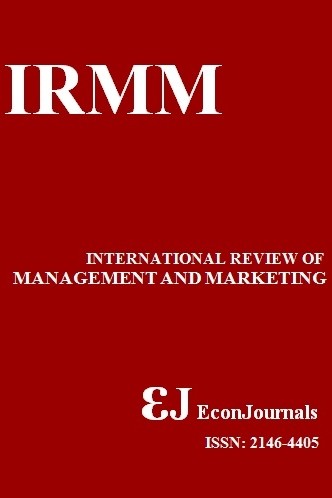Employee Disengagement: A Fatal Consequence to Organization and its Ameliorative Measures
Employee Disengagement: A Fatal Consequence to Organization and its Ameliorative Measures
The consequences of employee disengagement are vulnerable to any organization and considered as an epidemic to the business enterprizes. The current paper aimed to highlight the concepts, survey available literature to probe the notions related to employee disengagement. The review of the literature provided ample information to differentiate between engaged and disengaged employees in terms of involvement, satisfaction, commitment, performance, trust, enthusiasm, stress and so on. Further, the author noticed that developed nations have alarming percentage of employee disengagement. The significance of this particular paper provides the ample concept and literature to understand the outcomes of employee disengagement which is harmful to the organizations and individuals. Albeit, the present study suggested some measures, implement to enhance the level of engagement of employees in the organizations.
Keywords:
Engagement, Disengagement, Outcomes of disengagement Employees,
- Başlangıç: 2011
- Yayıncı: İlhan ÖZTÜRK
Sayıdaki Diğer Makaleler
Azade ARYANA, Reza Ameri SİYAHOUEİ, Tahereh MAHMOUDİ
David M. Akinnusi, Olubukunola O. Sonubi, Adebukola E. Oyewunmi
Rasool Sarihi SFESTANİ, Mehraban Hadi PEYKANİ
Information Technology in Audit Processes: An Empirical Evidence from Malaysian Audit Firms
Rasool Sarihi ASFESTANİ, Mehraban Hadi PEYKANİ, Akbar ETEBARYAN
Aymn Sulieman Zamel AL-QATAWNEH, Walaa MOBAİDEEN
Usman Ahmad, Yusnidah Ibrahim, Mohd Sobri Minai
Fahime BAEİ, Masoud AHMADİ, Neda Sharifi Asadi MALAFEH, Abbasali BAEE
Othman Kareem Mahmood, Jamal Ahmed Hama Kareem, Wirya Najm Rashid, Daroon Faridun Abdulla
